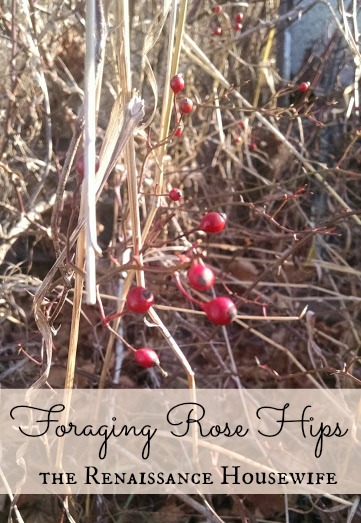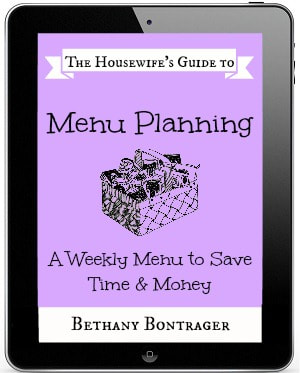Identification: During the winter, wild rose hips are easy to find because of their bright red color. The fruits range in color from orange to dark red, and vary in size up to an inch in diameter. The ones I find are typically less than half of that size. Wild rose brambles can grow from several feet up to 12 feet tall, and will have prickly thorns as will any rose plant. The leaves are compound and saw-toothed, like garden roses.
Edible: Rose hips can be eaten whole, or they can be steeped in boiling water to make a tea very high in vitamin C. Even the leaves and roots, if washed well, can be steeped into tea. Some people make jelly, jam or syrup from rose hips, though my wild rose hips are far too small to make it worth my while.
Medicinal: Being high in vitamin C, rose hip tea is great for the immune system and preventing cataracts. During WWII the British government collected rose hips on a massive scale to be made into syrup and used as a source of vitamin C for children. The seeds are also a source of vitamin E, and the fruits traditionally have been set aside until the end of winter to use as a blood purifier.
In animals, rose hips can be used to treat female ailments including leucorrhoea, metritis, and miscarriage.
Other Uses: Rose stems can be used for making baskets.
*******
Brown, Tom Jr. Tom Brown's Field Guide to Wilderness Survival. New York: Berkley Books, 1983. Print.
Angier, Bradford. Field Guide to Wild Edible Plants. Harrisburd, Pennsylvania: Stackpole Books, 1974. Print
Levy, Juliette de Bairacli. The Complete Herbal Handbook for Farm and Stable. London: Faber & Faber, 1991. Print.
White, Linda B. The Herbal Drugstore. United States of America: Rodale Inc., 2000. Print.



















 RSS Feed
RSS Feed





